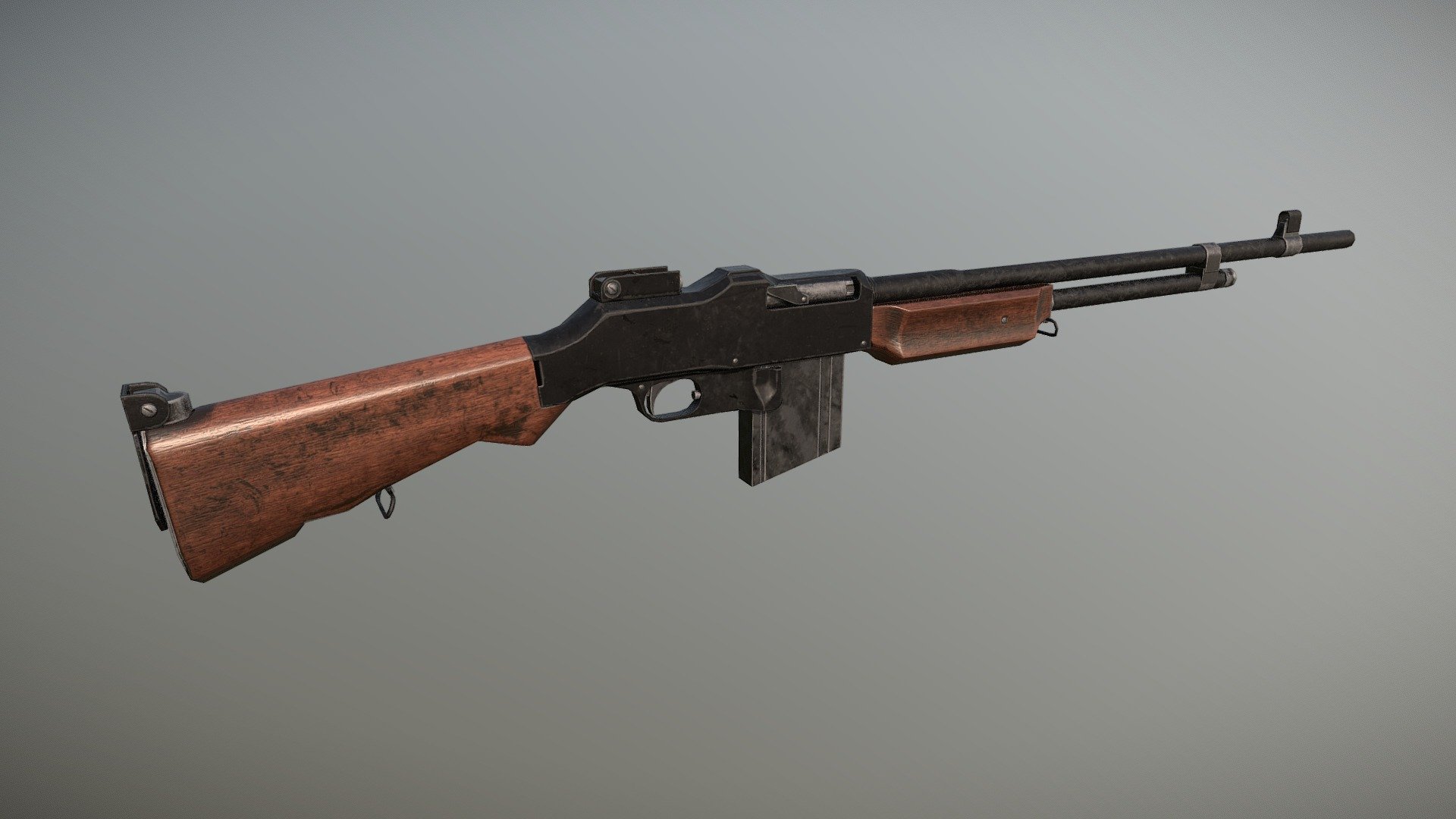


made the Colt Monitor Automatic Machine Rifle ( R 80). France asked for 15,000 BARs to replace their Chauchat. The other Allies were impressed by the BAR. It was used a lot during the Meuse-Argonne Offensive. Even though it was brought in very late in the war, the BAR made a large effect. The division used them for the first time on 13 September 1918. Colt made 16,000, Winchester made 47,123 and Marlin-Rockwell made 39,002 BARs.īy July 1918, the BAR had arrived in France. Around 52,000 BARs were delivered by all companies by the end of WWI. Together, the three companies made 706 BARs every day. This was because they were busy with other orders. Colt had only made 9,000 BARs when the armistice was signed. The company eventually started making 200 BARs per day. The first BAR from Marlin-Rockwell was delivered on 11 June 1918. They bought the Mayo Radiator Co.'s factory. Marlin-Rockwell had a contract to make BARs for the Belgian government. also began making BARs just after Winchester started making a lot of them. By July, they were making 9,000 guns a month.Ĭolt and Marlin-Rockwell Corp. Winchester were making many BARs by June 1918. The contract with Winchester said that they had to make 25,000 BARs. They were in such a rush that the first 1,800 guns were delivered with things wrong. Since work on the gun did not begin until February 1918, Winchester was hurrying to make many BARs. Val Browning, the son of the designer (John Browning) with a BAR. Winchester also helped out with the BAR's final design. The Winchester Repeating Arms Company (WRAC) would make the weapons instead. Because of how much the weapon was needed, the request was turned down. They asked for the military to wait a while, as they were opening a new factory in Meriden, Connecticut. However, Colt was already making as many weapons as they could (as they were making the Vickers machine gun for the British Army). They were allowed to make the BAR under Browning's patents (Browning's patent 1293022 was owned by Colt). On 16 July 1917, 12,000 BARs were ordered from Colt's Patent Firearms Manufacturing Company. So that the BAR was not confused with the M1917 machine gun, it was officially named the M1918 or Rifle, Caliber. Both weapons were recommended to be brought into service immediately. Army weapon officers at Springfield Armory in May 1917. The water-cooled machine gun was tested further. The crowd was so impressed that he was immediately given a contract for the weapon. On 27 February 1917, Browning tested the automatic rifle in front of 300 people. Congress Heights is just outside of Washington D.C. John Browning had set up a demonstration of the weapons at Congress Heights. Both of these weapons fired the standard U.S. Back then, this automatic rifle was called the Browning Machine Rifle or BMR. These were: a water-cooled machine gun (later named the M1917 Browning machine gun) and an automatic rifle.

In 1917, before the United States joined the First World War, John Browning brought two weapons to Washington, D.C. However, it was usually used as a light machine gun and fired from a bipod. It was thought that walking fire was needed for trench warfare. It was supposed to be put over the shoulder on a strap and fired from the hip. The BAR was designed to be carried by soldiers that were moving forward. Colt's Patent Firearms Manufacturing Company


 0 kommentar(er)
0 kommentar(er)
